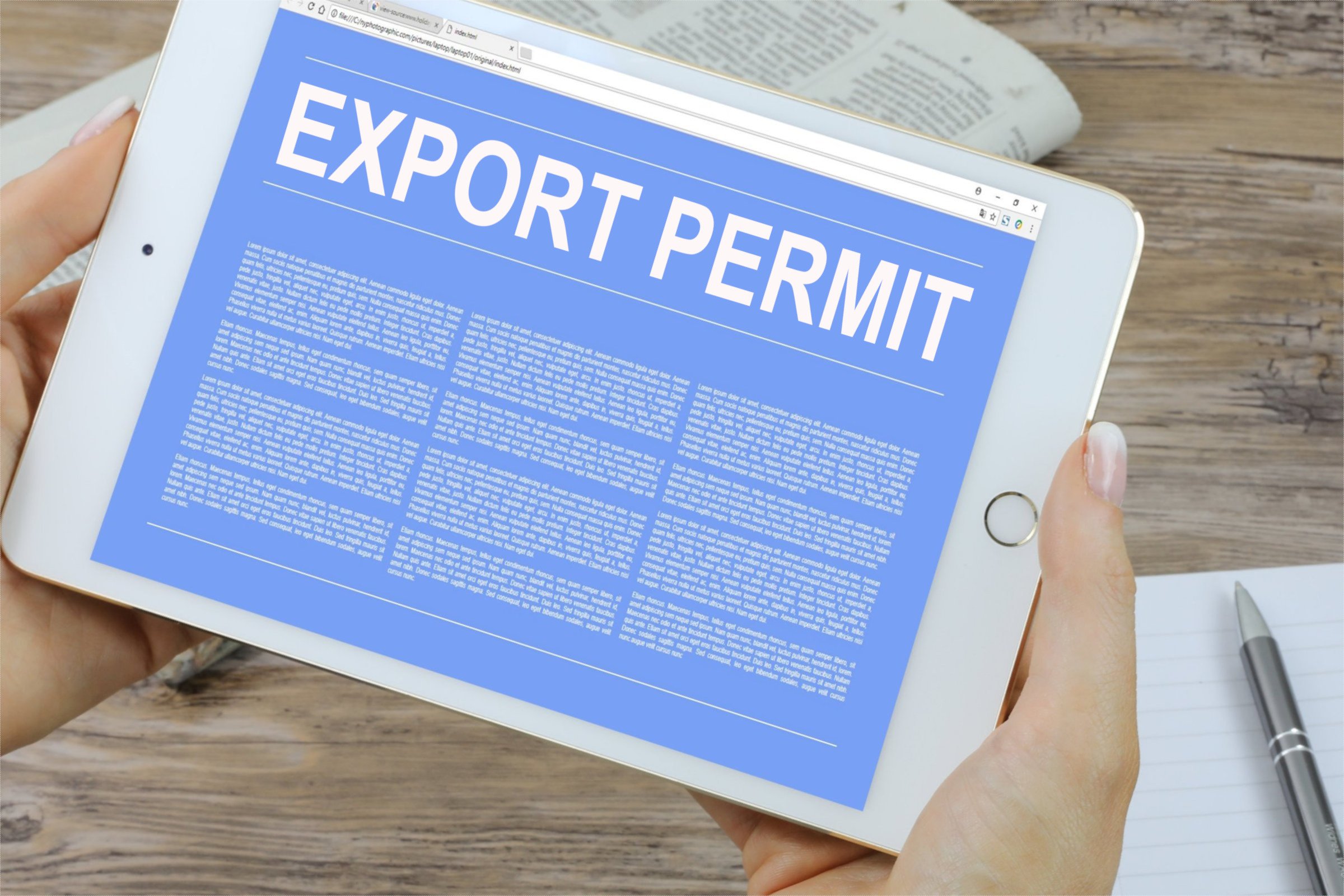Effective management of import-export documentation is a cornerstone of success in international trade. From reducing delays to ensuring compliance with regulations, having a structured approach to documentation minimizes operational risks and increases efficiency. Here, we’ll explore best practices that can help you streamline documentation processes, improve security, and ensure regulatory adherence.
1. Understand Key Import-Export Documents
Familiarity with essential documents is foundational. Some of the most critical documents in trade include:
- Commercial Invoice: Specifies the terms and value of the transaction.
- Bill of Lading (B/L): A contract between the shipper and the carrier, outlining shipping details.
- Certificate of Origin: Certifies the goods’ country of origin, often required for customs.
- Packing List: Provides a detailed description of the shipment contents.
- Insurance Certificate: Offers coverage in case of shipment damage or loss.
Understanding these documents helps avoid unnecessary issues with customs and regulatory authorities, streamlining your trade process.
2. Centralize Documentation in Digital Storage
Traditional paper files are prone to damage, loss, and inefficiencies. Shifting to a digital document management system centralizes all records, improving security and accessibility.
Benefits of Digital Storage:
- Improved Access: Easy retrieval and sharing among team members.
- Reduced Loss Risk: Backup systems reduce the chance of permanent document loss.
- Enhanced Security: Digital files can be encrypted, reducing unauthorized access risks.

3. Automate Routine Document Processes
Automation saves time, cuts costs, and reduces human error in documentation. Automated tools can create and categorize documents, generate invoices, and even send reminders for missing information.
How Automation Helps:
- Invoice Generation: Speeds up invoice processing with fewer errors.
- Data Consistency: Ensures that data across documents remains uniform and accurate.
- Compliance Checks: Flags discrepancies in documentation, reducing the risk of non-compliance.
4. Standardize Documentation Formats
Standardization ensures that everyone on your team understands and follows the same format, making processes more consistent and efficient.
Ways to Standardize:
- Use Templates: Implement templates for frequently used documents, like commercial invoices or bills of lading.
- Unified Terminology: Adopt consistent terminology across all documents.
- Training on Formats: Train team members to follow standardized formats for faster processing.
5. Conduct Regular Documentation Training
Regularly train your team on current import-export regulations and document handling. Training improves accuracy and helps your team stay up-to-date with the latest industry standards.
Training Focus Areas:
- Legal and Regulatory Requirements: Ensure employees understand compliance standards.
- Software Proficiency: Familiarize them with document management systems.
- Risk Awareness: Help employees recognize and manage documentation risks.
6. Use Document Checklists for Each Shipment
A checklist ensures that every shipment meets the necessary documentation requirements, helping you avoid delays and missed details.
Benefits of Checklists:
- Improved Organization: Checklists keep documentation organized and complete.
- Reduced Errors: Minimizes missed documents or incorrect details.
- Efficient Tracking: Makes it easier to confirm document completion at every stage.
7. Schedule Periodic Documentation Audits
Audits can highlight inefficiencies, errors, and compliance issues in your documentation process. By conducting audits, you can ensure all documents are up-to-date and accurate.
Key Audit Steps:
- Review Compliance Standards: Ensure documentation meets current legal requirements.
- Analyze Past Shipments: Identify patterns or recurring issues in documentation.
- Implement Changes: Use audit results to improve documentation processes.

8. Establish Strong Supplier and Customer Communication
Clear communication is essential for ensuring that all parties understand the documentation requirements and timelines for each shipment.
Tips for Effective Communication:
- Set Expectations: Clarify document submission deadlines with all parties.
- Regular Updates: Keep everyone informed on shipment status.
- Secure Communication: Use secure channels for exchanging sensitive documents.
9. Implement Document Security Measures
With sensitive information contained in trade documents, protecting data is essential. Use secure digital solutions to store and manage your documentation safely.
Security Tips:
- Use Encrypted Storage: Protect documents in secure, encrypted cloud storage.
- Access Controls: Limit access to authorized personnel only.
- Regular Backups: Backup files regularly to prevent data loss.
10. Stay Current with Trade Regulations
Regulations often vary by country and are updated periodically. Staying informed helps ensure compliance and keeps your business running smoothly.
Ways to Stay Updated:
- Subscribe to Trade News: Follow trade publications for the latest regulatory changes.
- Consult Trade Advisors: Seek guidance from experts to navigate complex regulations.
- Industry Webinars: Attend webinars or workshops focused on international trade.
Conclusion
Efficient management of import-export documentation is essential for any successful trade operation. With proper understanding, automation, standardization, and regular training, businesses can streamline documentation processes and avoid costly errors. Implementing these best practices enhances your organization’s ability to stay compliant, organized, and competitive in the global market.
